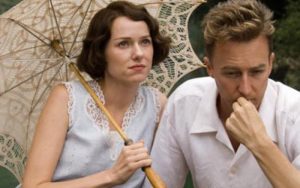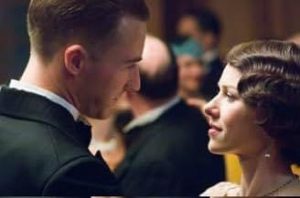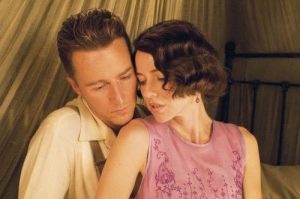The Painted Veil (2006)

The Painted Veil (2006), directed by John Curran and based on W. Somerset Maugham’s 1925 novel, is a poignant and visually stunning period drama. With its mix of romance, introspection, and cultural exploration, the film delivers a deeply emotional and thought-provoking experience.
Suggested videos for you:
Plot Summary
Set in the 1920s, the story follows Walter Fane (Edward Norton), a reserved bacteriologist, and his wife, Kitty (Naomi Watts), a spirited socialite. After a rushed and loveless marriage, the couple moves to Shanghai, where Kitty begins an affair with the charming Charles Townsend (Liev Schreiber). Upon discovering her infidelity, Walter volunteers to work in a remote Chinese village ravaged by a cholera epidemic, forcing Kitty to accompany him. Amid the harsh conditions and isolation, the couple confronts their emotional distance, and their relationship gradually transforms into one of understanding and genuine love.
Themes
The Painted Veil is a story of redemption, personal growth, and the complexities of love and marriage. It explores themes of betrayal, forgiveness, and the transformative power of adversity. The backdrop of the cholera epidemic and the interactions with Chinese villagers add layers of cultural and social commentary, examining colonialism, duty, and human resilience.
Performances
Naomi Watts delivers a nuanced performance as Kitty, capturing her character’s journey from shallow self-absorption to maturity and compassion. Edward Norton is equally compelling, portraying Walter’s initial coldness and eventual vulnerability with subtlety and depth. Together, their chemistry evolves convincingly, creating an emotionally rich portrayal of a marriage under strain.
Liev Schreiber shines in his smaller role as the manipulative Charles, while Toby Jones provides a memorable supporting turn as Waddington, an expatriate living in the village.
Direction and Cinematography
John Curran’s direction is sensitive and deliberate, emphasizing the emotional nuances of the story. The film is visually breathtaking, with cinematographer Stuart Dryburgh capturing the lush landscapes of rural China and the haunting beauty of the epidemic-stricken village. The contrast between the natural splendor and the harsh realities of illness and suffering deepens the film’s emotional impact.
Score
Alexandre Desplat’s score is a highlight, blending delicate piano melodies with sweeping orchestral arrangements. The music perfectly complements the film’s tone, enhancing both its quiet intimacy and grand, sweeping moments.
Reception
Critics praised The Painted Veil for its mature storytelling, exceptional performances, and stunning visuals. While some noted the film’s pacing as slow, many appreciated its deliberate, character-driven approach. It earned a Golden Globe for Best Original Score and has since gained a loyal following for its understated elegance and emotional depth.
Legacy
Although it didn’t achieve major commercial success, The Painted Veil is celebrated as a beautifully crafted and emotionally resonant period drama. Its exploration of flawed, evolving characters and its lush cinematography make it a standout adaptation of Maugham’s novel.
Verdict
The Painted Veil is a deeply moving and visually striking film that offers a thoughtful meditation on love, forgiveness, and personal growth. Its restrained yet powerful storytelling and excellent performances make it a must-watch for fans of literary adaptations and period dramas.











